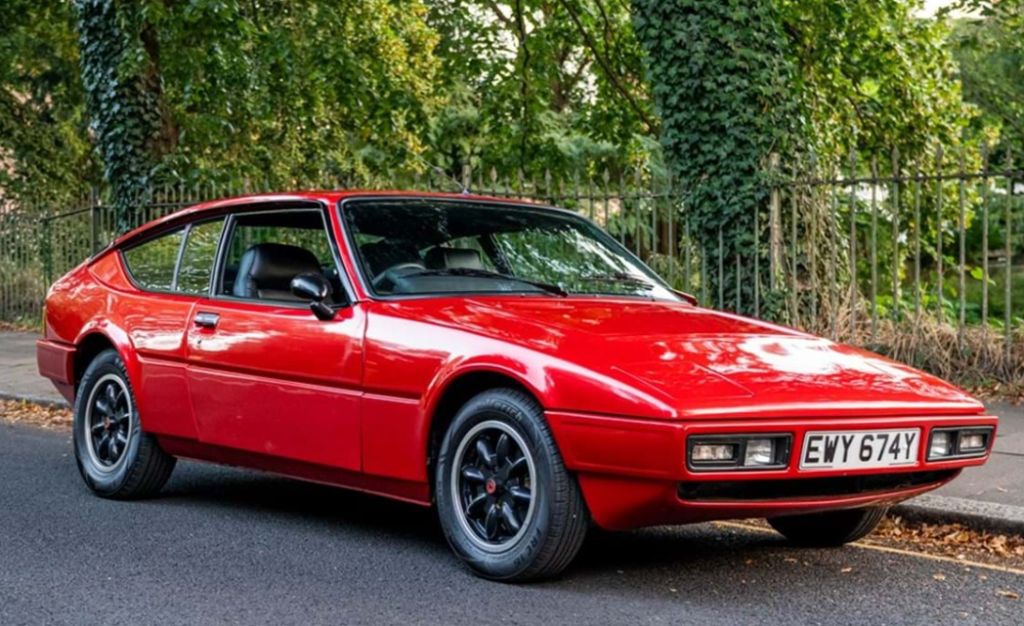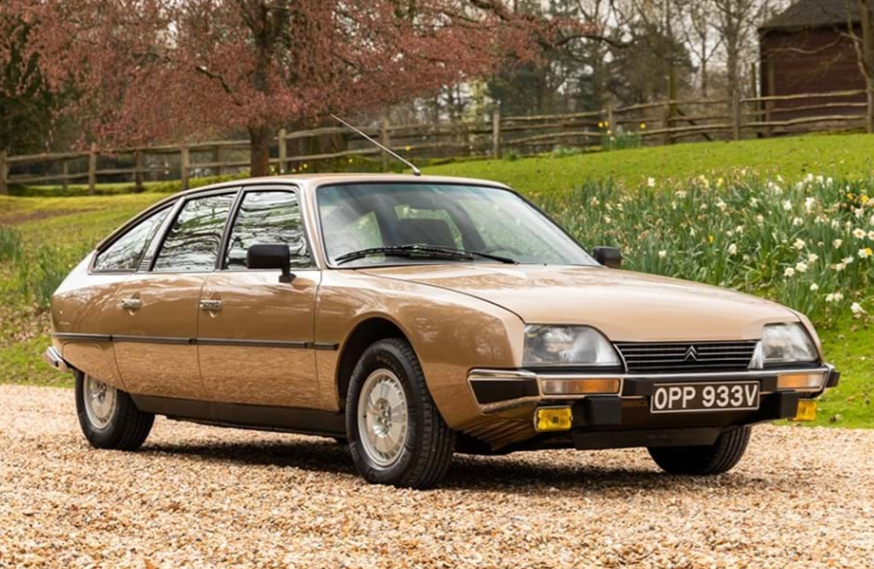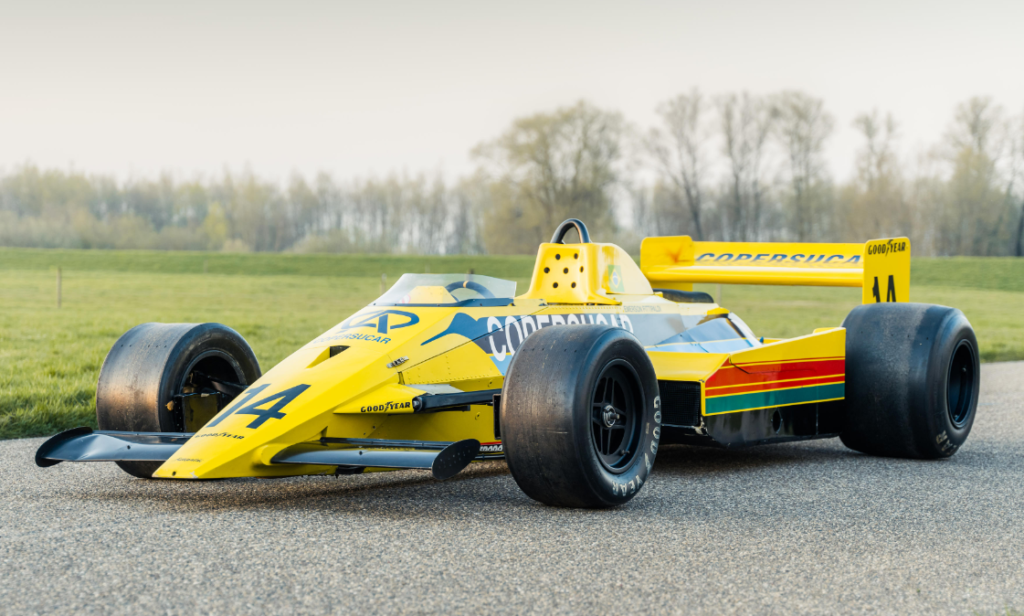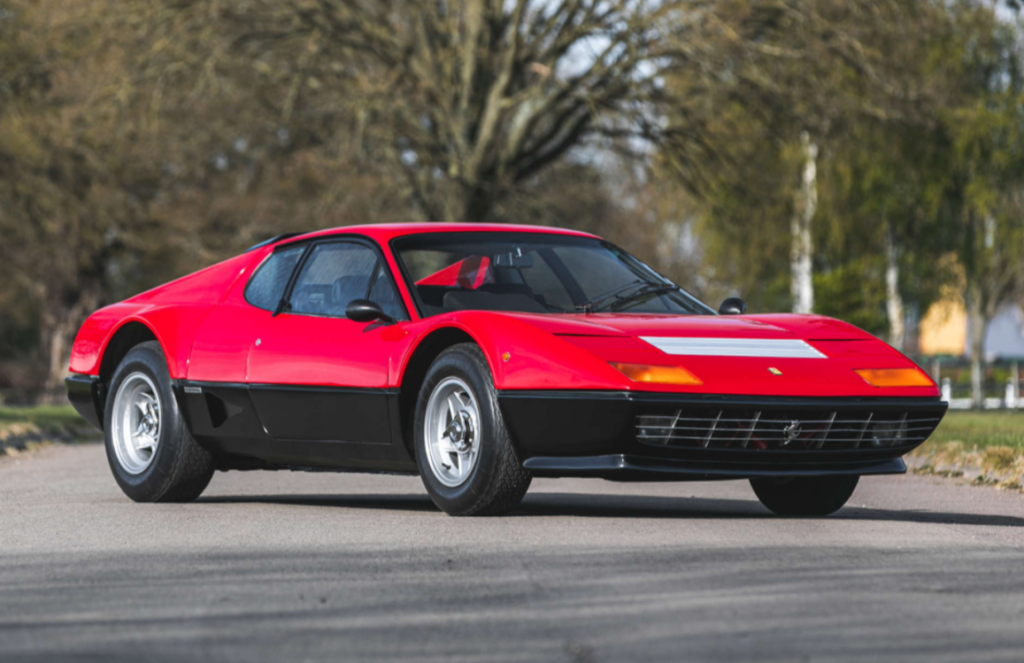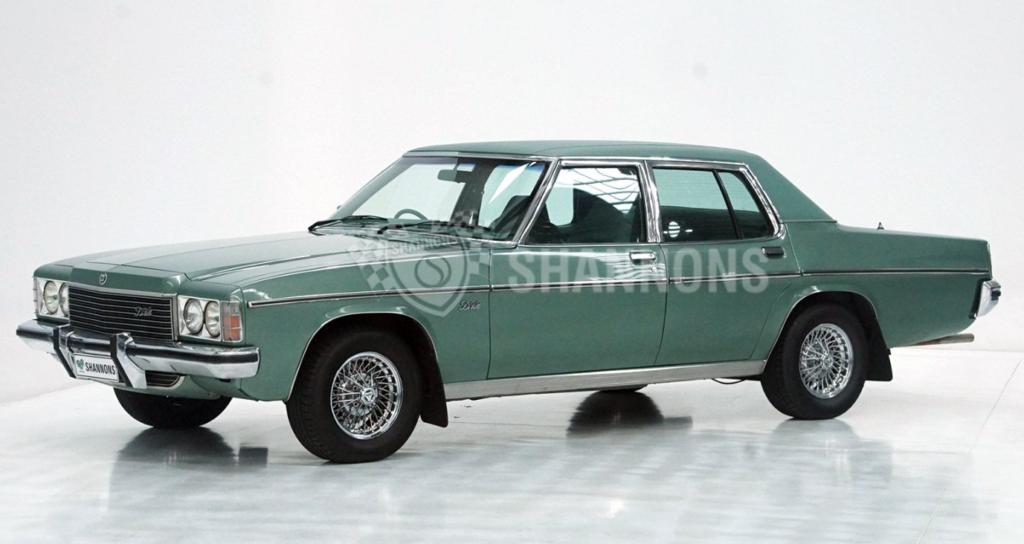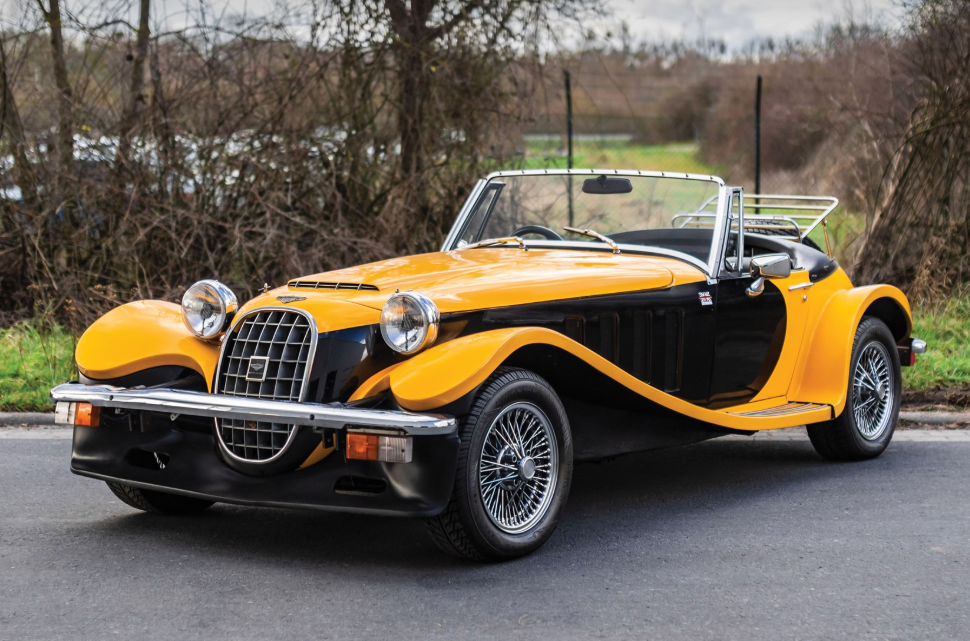1979 Ferrari 312 T4
Offered by RM Sotheby’s | Monaco | May 2024
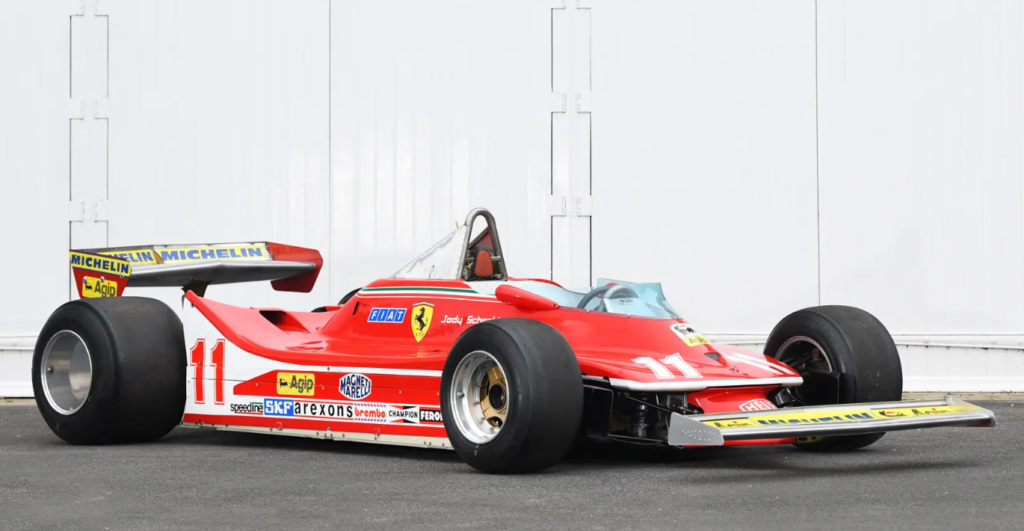
Ferrari’s 312T line of cars participated in Formula 1 from 1975 through 1980. Variations won 27 races and three driver’s championships, including in 1979 when the Scuderia entered this car, the 312 T4. It is the car that Jody Scheckter used to win his only F1 championship.
It is powered by a 3.0-liter flat-12 that made somewhere around 500 horsepower. This chassis, 040, has the following competition history:
- 1979 Belgian Grand Prix – 1st (with Jody Scheckter)
- 1979 Monaco Grand Prix – 1st (with Scheckter)
- 1979 French Grand Prix – 7th (with Scheckter)
- 1979 German Grand Prix – 4th (with Scheckter)
- 1979 Austrian Grand Prix – 4th (with Scheckter)
- 1979 Dutch Grand Prix – 2nd (with Scheckter)
- 1979 Italian Grand Prix – 1st (with Scheckter)
- 1979 Canadian Grand Prix – 4th (with Scheckter)
- 1979 United States Grand Prix – 10th, DNF (with Scheckter)
Another Monaco Grand Prix-winning chassis. Scheckter was the only person to have raced this chassis and is the only person to have driven it since the season ended. It’s a big deal, and it has an estimate of $5,600,000-$7,000,000. Click here for more info.

